My camera battery died when I was taking photos of this species, which is a shame, because it is pretty interesting. It belongs to a small group that was studied by Weatherby (1931) — it also includes Asplenium gilliesii and Asplenium lorentzii. Weatherby noted that Asplenium peruvianum likely belongs to this group, but was uncertain of its identity. They all have long petioles, green leaf axes, proliferous buds near the base of the lamina, and black spores. It appears that they are all restricted to high elevations in the Andes. The group definitely is in need of further study!
Collection Data (W. Testo 1409)
Classification & Common Names
- Class: Polypodiopsida
- Family: Aspleniaceae
- Genus: Asplenium L.
- Species: Asplenium fragile C. Presl
- Var./Subsp.:
- Common name(s):
General Collection Data
- Date: 15-VIII-2017
- Primary Collector & #: W. Testo 1409
- Collection Party: David Sanín, William Bravo Pedraza, Lia Esperanza Alarcón, Gabriel Peñaloza.
- Det. History: Weston Testo, March 2021
- Habitat: Elfin woodland
- Habit: Terrestrial
- Specimen Locations: BRIT, HUA, UC, VT
Additional Comments
Terrestrial in protected area of elfin forest at limit of paramo.
Collection Location
- Location: Parque Nacional Natural El Cocuy – – Güicán – Boyacá – Colombia.
- Coordinates: 6.465N, 72.297W
- Elevation: 4100 m

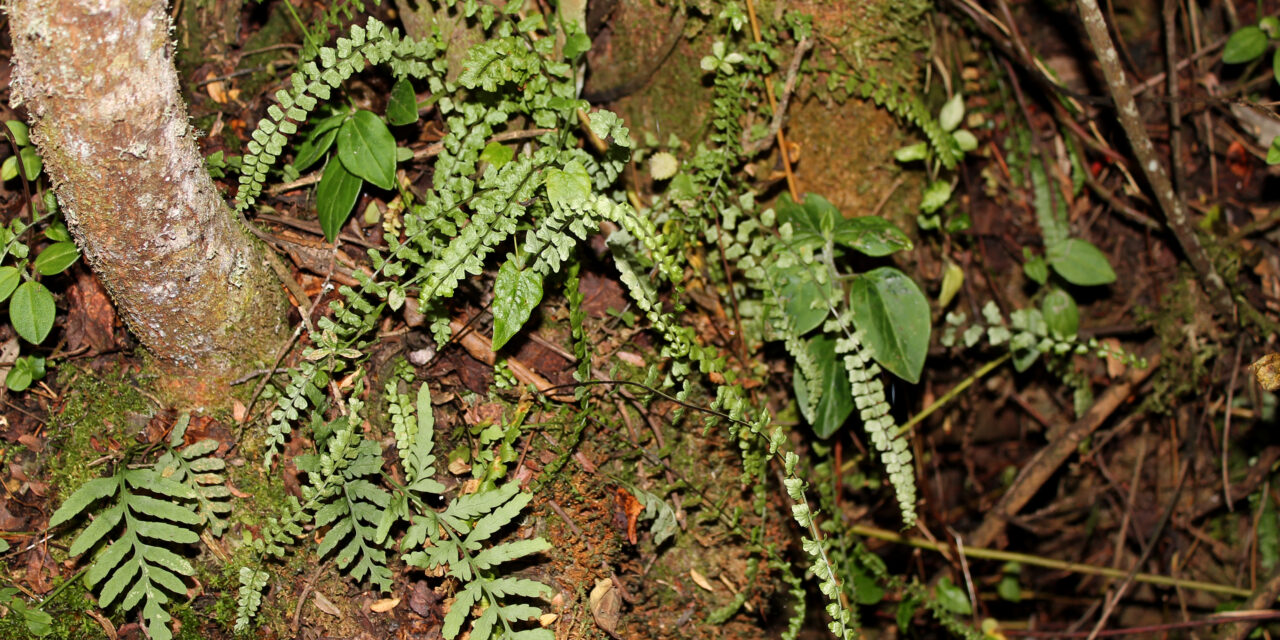
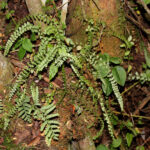
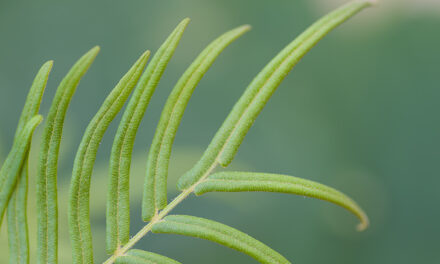
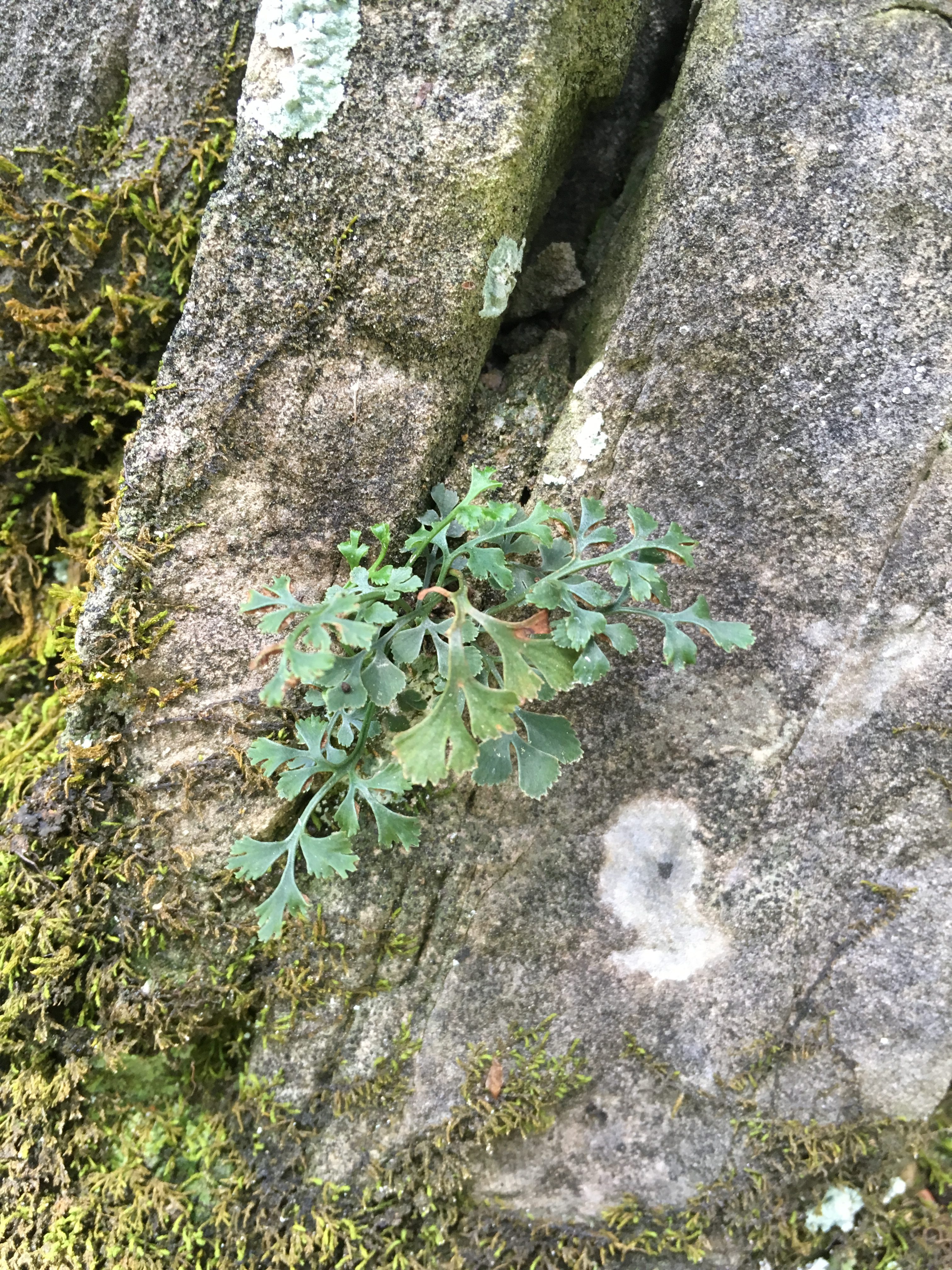
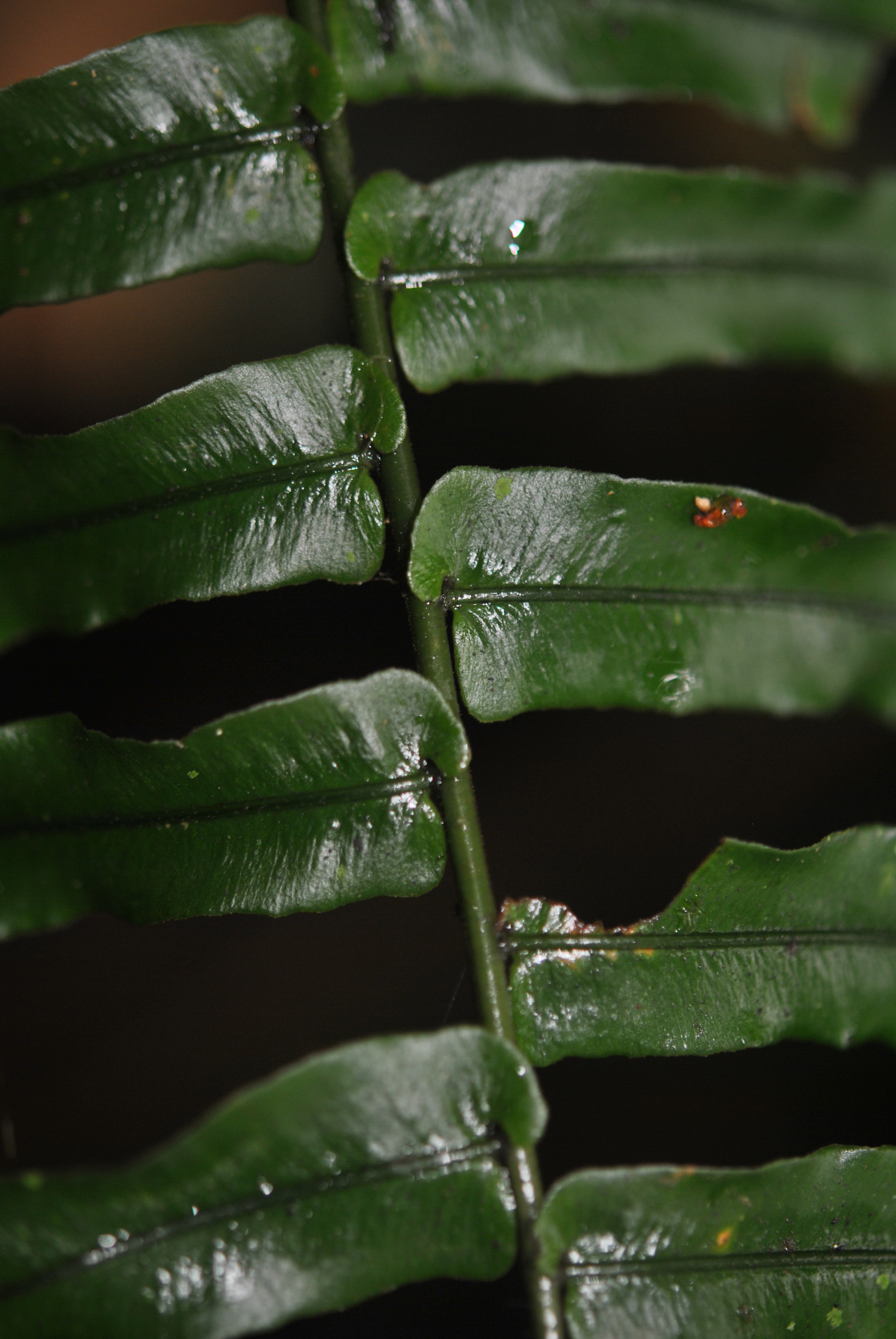
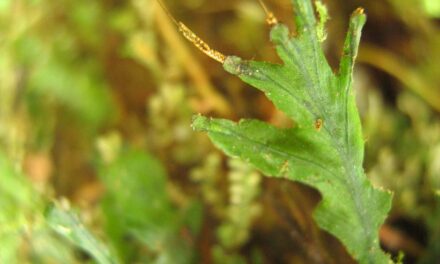
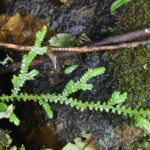
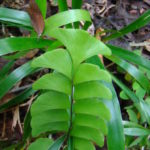
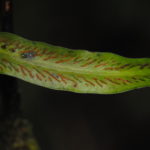
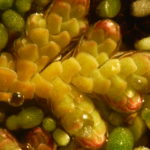
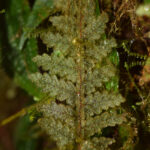
I love this group of Asplenium. I have only seen them a few times. Note that if you follow Smith and Moran, A. gilliesii is a syn. of A. stoloniferum from South Africa, Lesotho & Reunion. I would love to see that question further resolved.
Moran, R.C. and Smith, A.R., 2001. Phytogeographic relationships between neotropical and African-Madagascan pteridophytes. Brittonia, 53(2), pp.304-351.